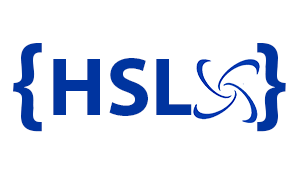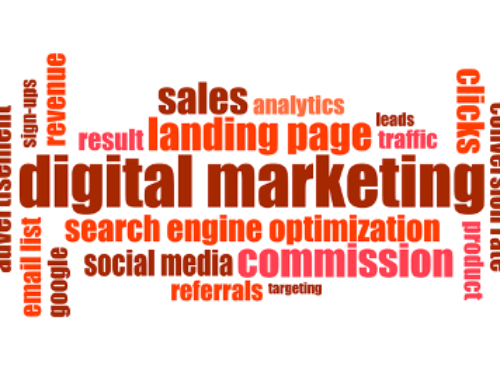Use Artificial Intelligence To Set Sales Target That Motivate
High Score Labs News • Jan 19, 2021
“If you fail to plan, you plan to fail.” This adage is especially true when it comes to running a business. Without a clear sales target for a particular period, employees’ productivity and growth will be low.
However, the business of setting sales targets is a tricky one. Set the bar too low, making the goal seem overly easy to achieve, and employees will not give their best inputs. Raise the bar too high, making the target seem too difficult to achieve, and employees will be discouraged and unlikely to give their best.
Fortunately, experts and researchers in the field have recommended artificial intelligence as a means to find the right balance in setting sales targets. Their expert views were recently published in a Harvard Business Review article. They also reported that businesses that have adopted this approach have recorded success in setting realistic targets for their sales teams.
The following are three fundamental aspects where AI can help you set targets that motivate your employees to maximize productivity.
- Selecting the Right Key Performance Indicators (KPI)
KPIs are the backbones of all decisions taken in goal and target setting in any business. But determining which KPIs to use as yardsticks for goal setting can be tricky. Set goals based on the wrong metrics and you may be stuck with undesirable results for a long time.
Big data and analytics have proved effective in helping to identify the most relevant KPIs to the business’s priorities. AI further helps by defining granular metrics that can help your sales team drive desired outcomes. With this information, you can proceed to set your business’s sales targets and reasonable targets for individual employees.
- Setting the Bar at Just the Right Level
With sales processes becoming increasingly complex, and customer demand becoming more volatile and difficult to predict, the traditional top-down method of predicting sales targets just doesn’t cut it anymore.
Many businesses are turning to AI to help predict customer behavior and set individual goals for employees with groundbreaking accuracy. They feed as much data as possible into the AI systems including historical data from internal and external sources, employee data such as average sales, last year’s sales, macroeconomic indicators such as GDP growth, and industry-specific data such as the growth of competing companies.
One more thing; the algorithms monitor the factors affecting the reliability of their predictions and adjust accordingly. Thus, they get more accurate the more they’re used.
- Revise Your Targets at the Right Frequency
Revising employee targets too often or to slowly will increase communication challenges for your employees, and undermine their engagement. However, many businesses have succeeded in using AI and machine learning techniques to determine the optimal frequency for revising their targets.
You should expect a lot of resistance in the early stages of implementing AI in target setting, especially from employees with higher quotas. Besides, the algorithms may require repeated experimentation to perfect. With perseverance, however, the resistance will lessen and your business will benefit from staff working at optimum capacity. This will result in a win-win situation, for you and your employees.
Contact us today!






